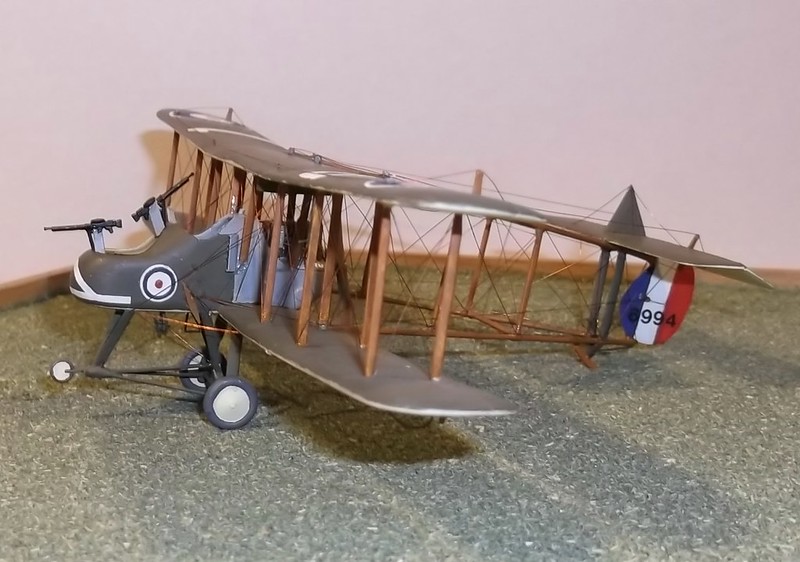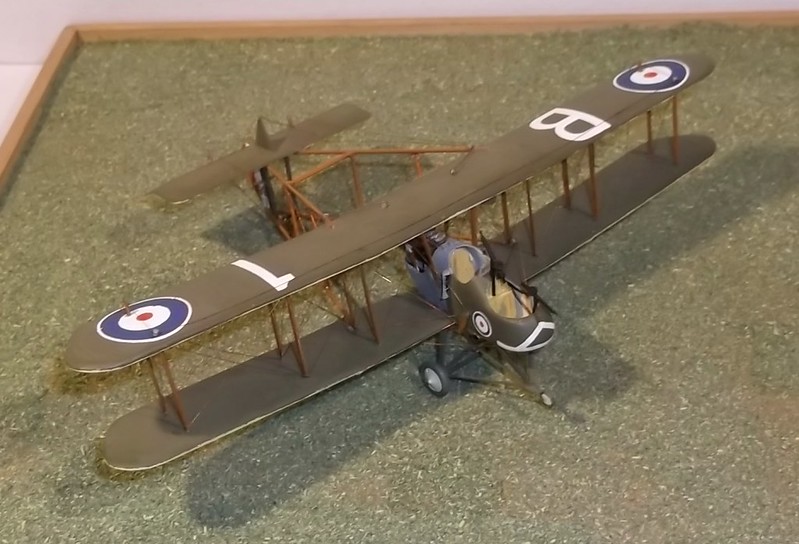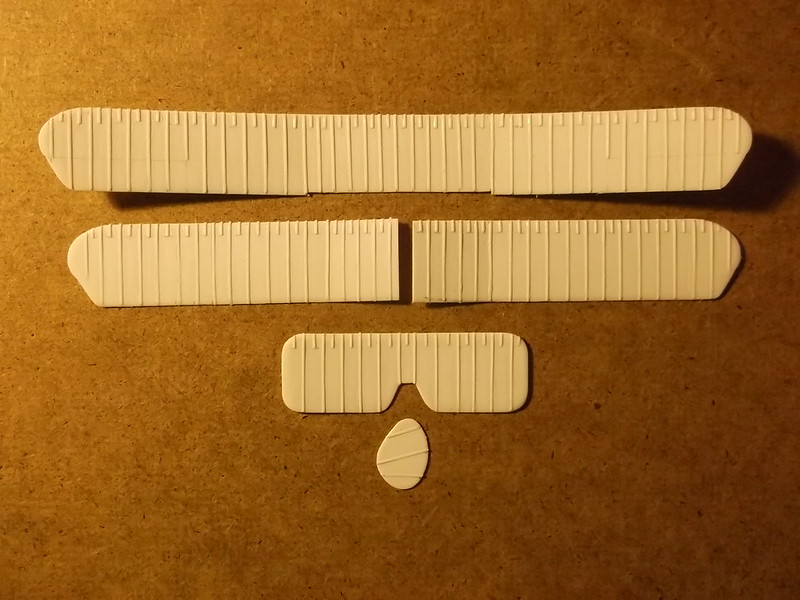Evening All,
I seem to have lost my mojo of late - if anyone finds it can you please pm me and I will send you my address so that you can send it back. Winter is never a good time for me and I seem to be suffering a bit from seasonal lack of energy. I have ideas for several possible projects but frankly I cannot get the motivation to start one. Instead I am going to try to pick up on a long term project which I have been tinkering with for too long - not quite a shelf queen but a stop-start affair which I have decided to bring to a conclusion sooner rather than later. Unfortunately I have temporarily mislaid some of the photos of the stages which I have already completed, so I am having to trawl through my photographic library to find them. (I had no idea about how many photos until I started to look for photos relevant to this project. Normally I create albums straight away but for some reason I failed to do so for this model). Updates will be a little sporadic as I
a. find the photos of the stages completed thus far,
and b. hopefully continue with the model until it is finished.
Many modellers have an FE2b in their collection - WingnutWings have produced two variants in 1/32 scale and Aeroclub produced a 1/48 scale kit many years ago. There is a vacuform kit, (rare I believe), in God's Own Scale, but I chose to convert an old Veeday BE2c and some parts from the Airfix DH 4 into an early FE 2b. If I had waited for a couple of years I could have used the Airfix BE 2c as the basis for the conversion. (The FE 2b and BE 2c had common wing components which meant that I only had to make the centre section of the wings for the FE 2b: alternatively wing parts from two kits could have been used). This was made shortly after I had returned to modelling after a 30+ year break about 7 years ago. The result of my efforts look like this:


This will be the subject of this scratch build:

The FE 2d differed from the 2b by having a Rolls Royce Eagle engine in place of the Beardmore, a different radiator, modified nacelle, four bladed propellor and in the case of the subject I have chosen the Trafford Jones undercarriage (as shown on the cover above).
I have made the wings and flying surfaces, (and found the photos), in the usual way: 30 thou plastic card which had been immersed in boiling water in a 4 inch diameter pipe was the basis for the wings. These were cut to plan shape and the ribs added by cementing Evergreen 10 x 20 thou strip. This was lightly sanded to smooth the edges. The tail surfaces were also cut form flat 30 thou card.


I have also made the nacelle parts using the push mould technique. I had hoped that I might be able to use an FE 2b nacele and modify it but that was not practical so I made a new set of moulds. This image shows how I had started to cut out the observer's cockpit:

More updates will follow in due course.
Thanks for looking.
Stephen.